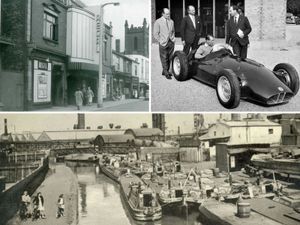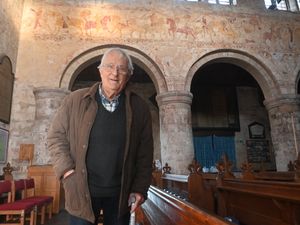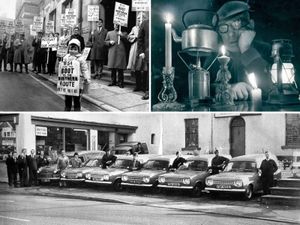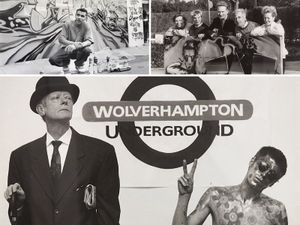Wolverhampton's "white elephant" civic hall can trumpet decades of success
For a building some thought would be a white elephant, Wolverhampton Civic Hall hasn't done too badly.
When it was officially opened on May 12, 1938, it represented the realisation of a long-cherished ambition to create a centre of social and cultural life for the town, as Wolverhampton was then.
To come up with a suitable design there was a competition in which 122 architects from all over the country submitted their plans, with the winner chosen by Cowles Voysey, an eminent architect of the day. The winning architects were E D Lyons and L Israel, from Ilford.
When the novelist and playwright J B Priestley visited Wolverhampton in 1933 he described it as a wilderness. There was only one building of any architectural distinction, the Collegiate Church of St Peter. And when it came to music, the town suffered through the lack of a suitable hall.
Three buildings in the town were used for concerts - the Agricultural Hall, the Baths Assembly Hall, and the Drill Hall. Conductor Sir Henry Wood said giving a concert in the Agricultural Hall was "like performing in a railway station." At the Baths hall one of two swimming baths would be boarded over to provide a venue for meetings and concerts, while one critic said that as a concert room the Drill Hall was an "atrocity."
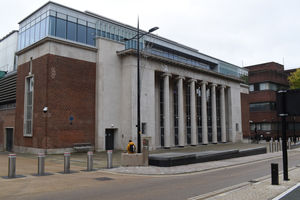
It was against this backdrop that in 1924 the town council committed itself to the public hall project which had been talked about in the town for many years, although it would be another 10 years before things starting to get moving.


